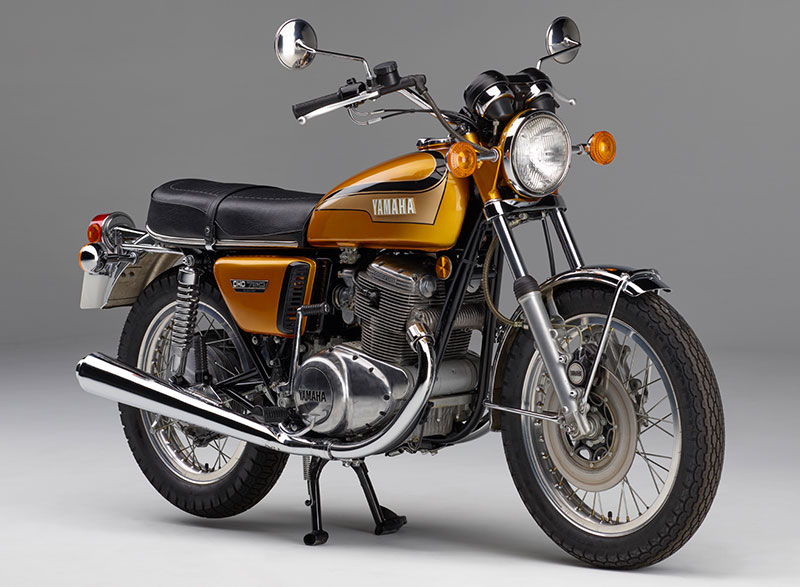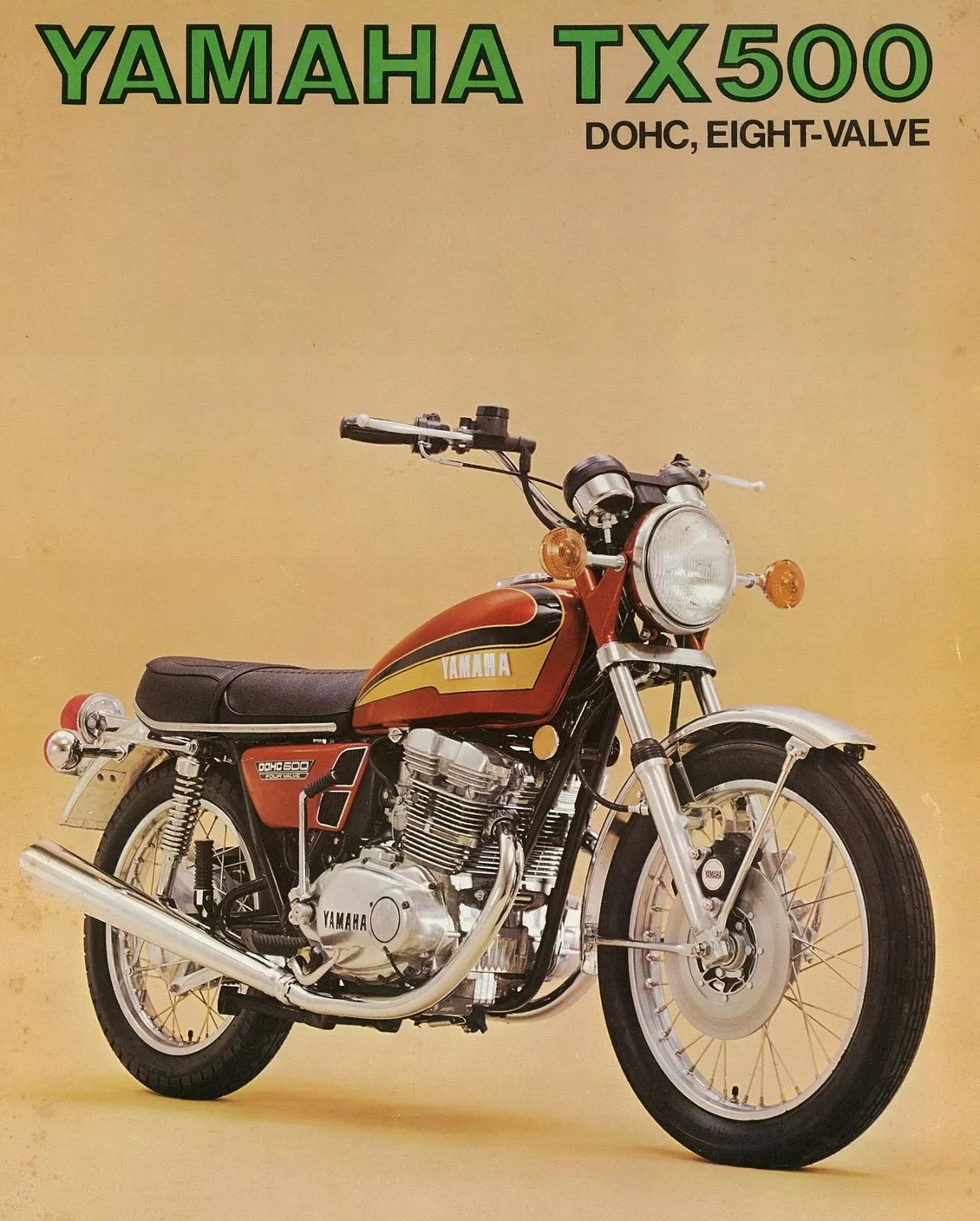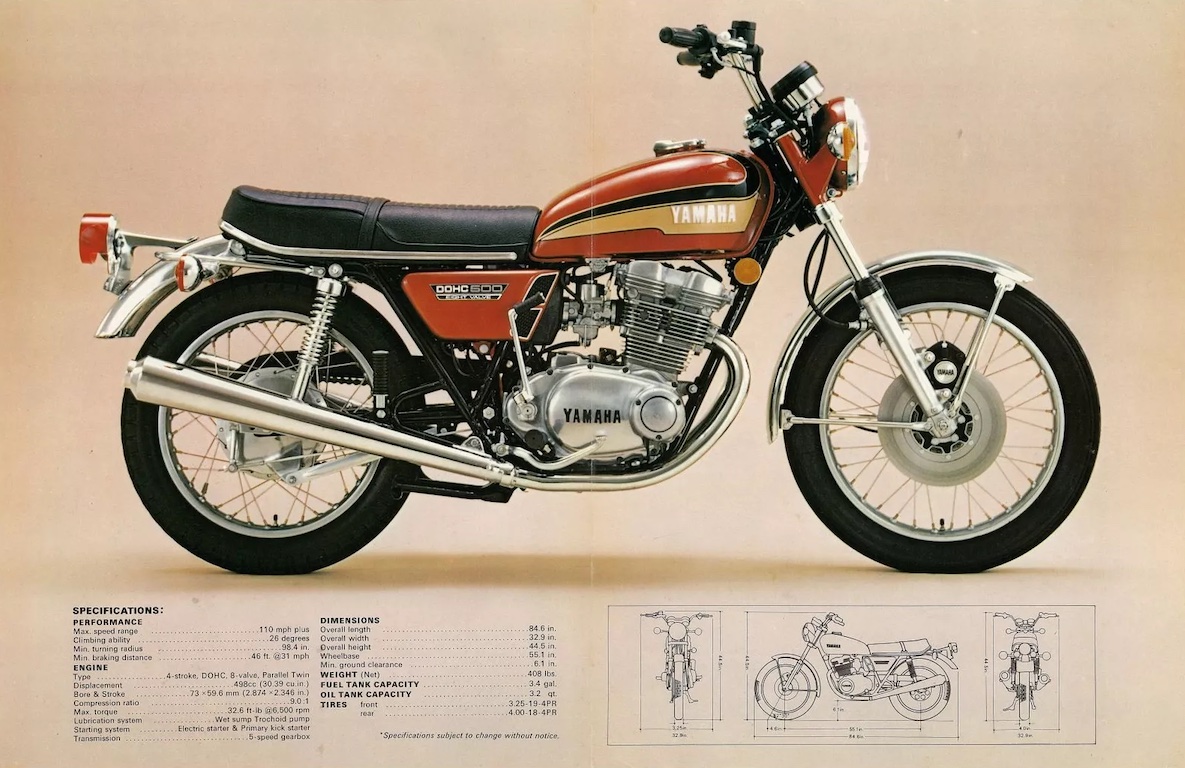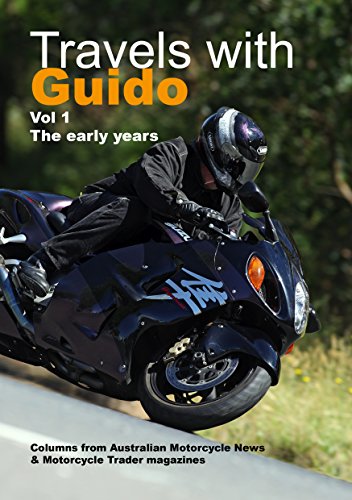Motorcycle Investor mag
Subscribe to our free email news

Brave designs
Yamaha TX750 – mini profile
(Guy 'Guido' Allen, June 2025)
Yamaha has a worthy
history of trying courageous designs that sometimes
struggle and the TX750 of 1972 counts as one of them
The mission – and perhaps the gamble – was at a time
when Honda and Kawasaki were getting into four-cylinder
four-strokes, Yamaha would refine the vertical twin into a
machine that offered an intriguing performance
alternative.
Yamaha at this stage had a foot in both the two- and four-stroke camps, but could see the latter would end up dominating.

Where the XS650 (listed above as a TX650) was essentially
the company's interpretation of a tradition British twin,
with Triumph as the nearest target, this new-gen TX750 was
aimed at raising the stakes. In theory what you would get
is 63 horsepower (a respectable number for a twin at the
time) in a package that didn't punish the rider with the
let's say 'boisterous' vibration famously shared by the
XS650 and the Triumph Bonneville 750 twins.
(Just as an aside, one of my favourite memories of owning
a Yamaha XS2 was blipping the throttle as it stood warming
up on it's centrestand, and having to walk with it as it
scuttled across the concrete...)
Back to the TX. It was effectively a new machine with
some nice appointments. For example the front end allowed
for the fitment of a second disc brake, while the laced
wire wheel rims were aluminium rather than steel, made by
DID.
Where the company hoped to make a name was by taming the
notorious vibration caused by a large 360-degree parallel
twin. To this end, it fitted a two-stage balancing system
labelled the Omni-Phase. One set of weights were there to
counteract the inherent issues with a 360-degree crank
throw, while the second was to balance out the first set
of weights.
While good in theory and fine when tested in moderate
conditions, a combination of issues that likely included
an under-done pre-launch testing regime raised a cascading
set of issues on the track and on the road. In early
versions, the spring-loaded tensioner for the chain
connecting the balancers proved inadequate, throwing them
out of phase. With that addressed, the next issue was the
chain itself would stretch, also throwing the set-up out
of phase and introducing serious vibration issues. Plus
the balancers would cavitate the oil, compromising the
lubrication to the crankshaft and the engine would
overheat.
There were further areas to be addressed.
“Everyone wanted it to be the sophisticated Japanese
answer to the Triumph 750 but it was a service disaster,"
said Spannerman in a piece we did back in 2010 for
Motorcycle Trader magazine.
Troubles aside, the TX750 was well-regarded as a ride.
Cycle World in
the USA, in a 1972 review published at the start of 1973
noted: "Even though the multi-cylinder mania appears
to be taking over, there are many motorcyclists who know
and appreciate the relative mechanical simplicity of a
vertical twin, the smaller number of moving parts to wear
out and give trouble, and who just plain enjoy the aura of
riding a twin."
It went on to observe: "Ride smoothness is very good, but
this smoothness comes at the expense of inhibited
cornering characteristics. Front fork travel is good and
the forks themselves do a good job of soaking up the
bumps, but they are too soft for really precise steering
at high speeds in turns. The same goes for the rear units,
which exhibit too little rebound damping and make the
machine 'pogo' in fast, bumpy turns.
"The TX750 is really not a sporting rider’s machine like
most vertical twins, it’s a luxurious tourer."

Its mechanical issues spooked the market, particularly
given how serious they were. You were looking at a
crankshaft change when things went pineapple-shaped.
There were recalls, one of which involved fitting an oil
cooler and, during the 1972-74 production run, a
significant series of updates. In the end, the machines
could be made reliable though perhaps not under race
conditions.
With the wonders of more patience, gentler use and
better-funded owners, TX750s have found an international
niche market. We're aware of a few restored examples
getting around in Australia, while there is an international
online forum.
***
At auction

You don't often see them pop up for sale. Here's an
example from Bring a Trailer in the USA in 2022. It went for
Au$8100 (US$5300, GB£3900).
More info
***
The mid-size option – TX500

Launched a little after the 750 was the TX500 (1973-74),
running a more sophisticated top end with double overhead
cams and four valves per cylinder. It too ran the
Omni-Phase balancing system, with more success.
However it too was troubled, with a reputation for
blowing head gaskets.

See the Motorcycle Specs TX500 data page
***
-------------------------------------------------
Produced by AllMoto abn 61 400 694 722
Privacy: we do not collect cookies or any other data.

Archives
Contact




